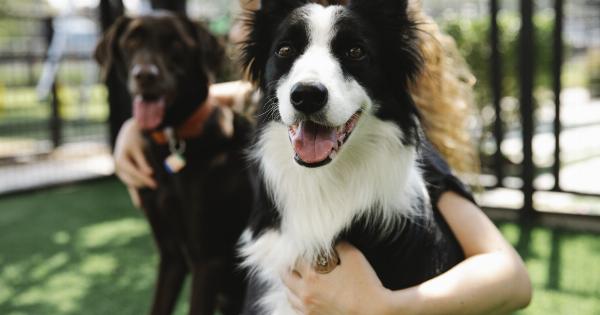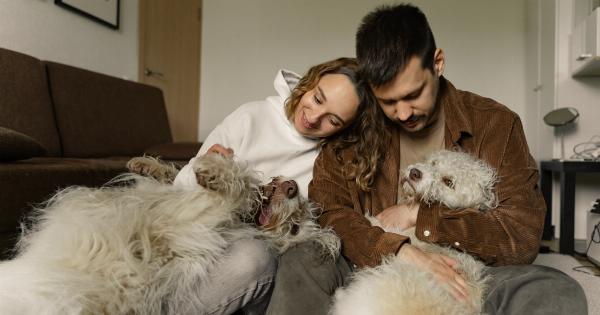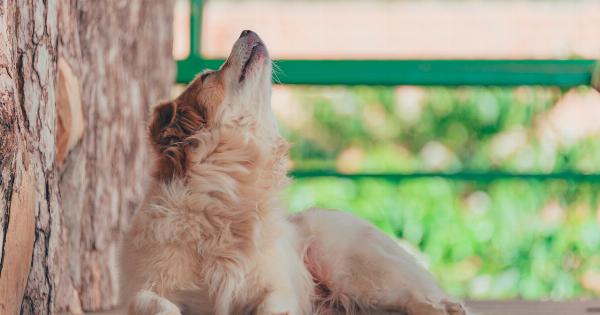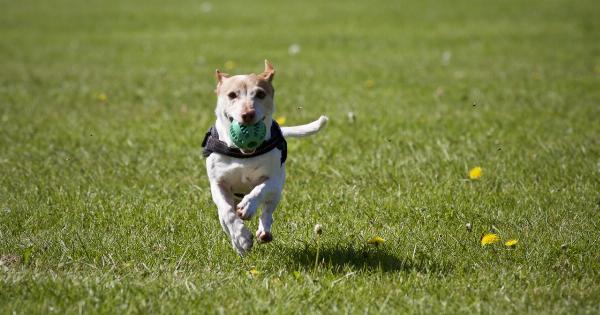Dogs are fascinating animals, and it is amazing to observe their behavior. One of the behaviors they exhibit is “riding,” which is when they lean against their owners or other people or even other pets.
It is common for dogs to do this, and many pet parents might not think much of it. However, there are several reasons why dogs might exhibit such behavior, and it is essential to understand the underlying causes.
What is “Riding” Behavior?
Riding behavior is when a dog leans against its owner or another person or even other pets. They may apply pressure or weight on a person or another pet while in a standing or lying position.
The behavior is common and can be seen in different breeds of dogs, regardless of their size or age. While it may seem like an affectionate behavior, it is essential to understand that there are different reasons why dogs might do this.
Reasons Why Your Dog “Rides”
1. Relaxation
One of the primary reasons why dogs “ride” is that they find it comforting and relaxing. When a dog leans against their owner, it is an indication that they feel safe and secure.
They might also nuzzle against their owner to get close and feel the warmth of their body, which can help them relax further. For some dogs, “riding” behavior might be a way to convey that they want to be close to their owner or to show affection.
2. Medical Reasons
In some cases, dogs might “ride” due to underlying medical problems. For instance, if your dog has an ear infection or an earache, they might lean their head against you or nuzzle against you to relieve the pressure in their ears.
Similarly, if your dog is experiencing pain in any other part of their body, they might try to lean against you or another person to seek comfort.
3. Attention-seeking Behavior
Some dogs might “ride” as a form of attention-seeking behavior. When a dog leans against a person, it is a clear indication that they want their attention.
If your dog “rides” you frequently, it might be an attempt to get you to play with them, pet them, or give them some other form of attention. In such cases, it is essential to ensure that your dog gets enough exercise, playtime, and socialization so that they do not resort to attention-seeking behavior.
4. Anxiety
Another reason why dogs might “ride” is that they are anxious or scared. When a dog is stressed or nervous, they might lean against their owner or another person as a way to feel secure.
If your dog is showing other signs of anxiety, such as pacing, panting, or excessive barking, it might be time to address the underlying problem and work on reducing your dog’s stress levels.
5. Territorial Behavior
Sometimes dogs might “ride” as a form of territorial behavior. When a dog leans against another pet or even another person, it might be an attempt to assert their dominance or claim their territory.
In such cases, it is essential to monitor your dog’s behavior and ensure that they do not become aggressive or possessive.
What to Do if Your Dog is “Riding” Frequently
If your dog is exhibiting “riding” behavior frequently, it is essential to understand the underlying cause and address the issue accordingly.
For instance, if your dog is doing it for attention-seeking behavior, you might need to spend more time with them, take them out for more walks, or engage in playtime with them. On the other hand, if your dog is experiencing medical problems, you might need to visit a veterinarian to get them checked.
Similarly, if your dog has anxiety issues, you might need to work with a dog trainer or a behaviorist to help them overcome their fears and reduce their stress levels.
Conclusion
Riding behavior is common in dogs, and it is essential to understand its underlying causes. Dogs might do this for different reasons, including relaxation, medical problems, attention-seeking behavior, anxiety, or as a form of territorial behavior.
As a pet parent, it is important to observe your dog’s behavior and address any underlying problems to ensure that your dog is healthy, happy, and well-behaved.






























